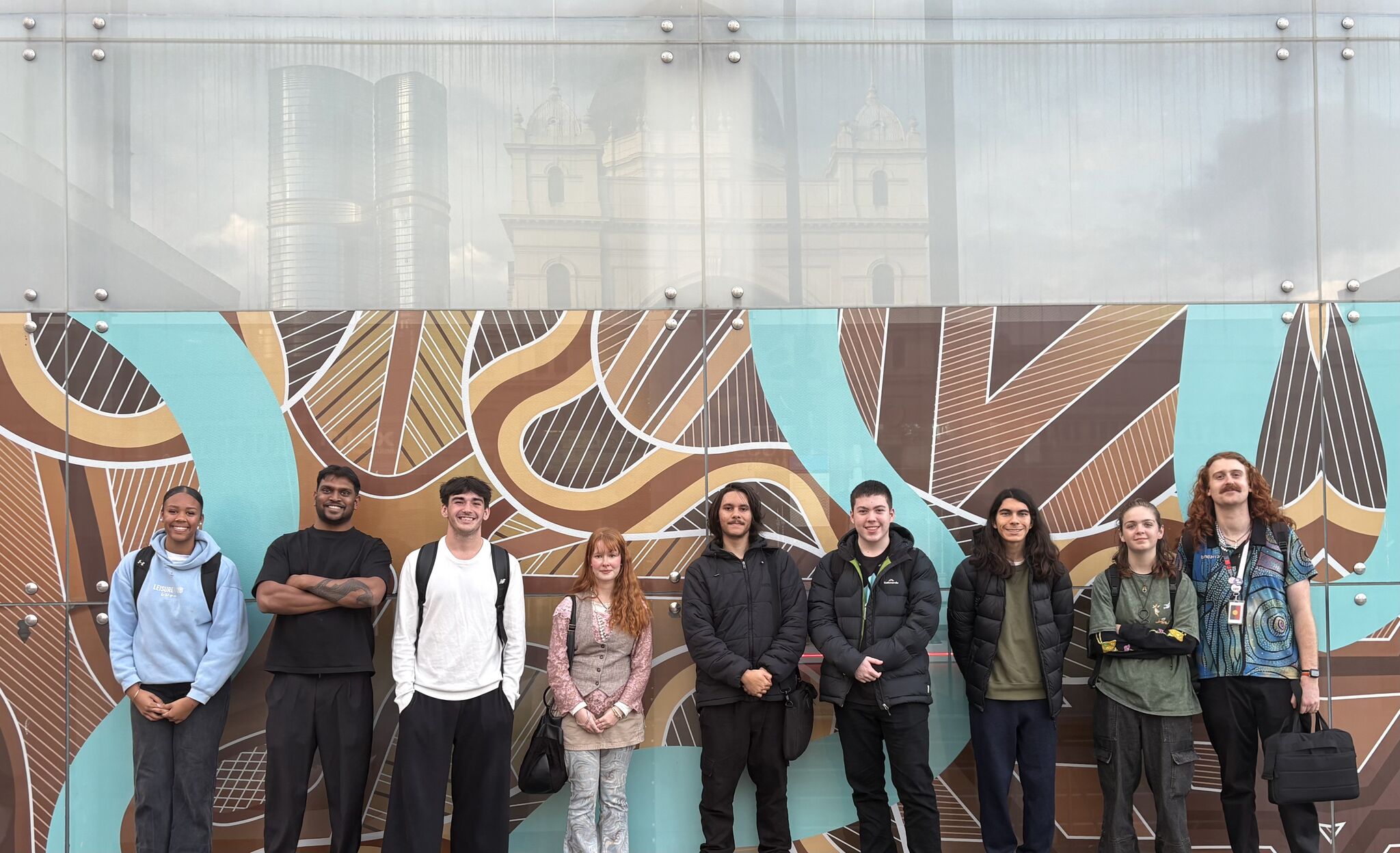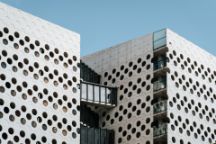Indigenous students explore the cosmos through Swinburne’s astrophysics program

Students explored culture and science at Swinburne’s Indigenous Astrophysics Work Experience Program.
In summary
Swinburne hosted Indigenous high school students for a week-long astrophysics work experience.
Students explored supercomputers, Indigenous science and cutting-edge research.
The program aims to inspire Aboriginal and Torres Strait Islander students to pursue STEM pathways.
Aboriginal and Torres Strait Islander knowledge of the skies stretches across more than 65,000 years. Yet, their voices remain rare in the academic astronomy community.
Swinburne’s Indigenous Astrophysics Work Experience Program is helping to change that by providing hands-on exposure to astrophysics research for Aboriginal and Torres Strait Islander students.
Currently only eight per cent of Aboriginal and Torres Strait Islander people aged 25-34 hold a bachelor’s degree. The program aims to encourage more students to consider university study in science and technology.
Benny Rayner, Operations Support Officer at Swinburne’s Moondani Toombadool Centre, says the program offers more than just exposure to astrophysics.
“The week is about building confidence, creating connections, and showing young students that they belong in these spaces,” he says.
“Science is stronger when it includes Aboriginal and Torres Strait Islander knowledge, and programs like this help make that future a reality.”
A week of discovery at Swinburne
From 14-18 July 2025, seven students in Years 10-12 from across Australia joined Swinburne in Naarm for an immersive week of astrophysics.
The students were welcomed by Ryan Chand from Swinburne’s Moondani Toombadool Centre, who introduced pathways into tertiary study and support programs for Aboriginal and Torres Strait Islander students.
Mentored by Wiradjuri woman Dr Kirsten Banks and Gomeroi woman Krystal De Napoli, both astrophysicists, the students explored research and Aboriginal and Torres Strait Islander science traditions.
Students toured Swinburne’s OzSTAR and Ngarrgu Tindebeek Supercomputers, the Virtual Universe and VR environments. They visited the Melbourne Museum and Bunjilaka Aboriginal Cultural Centre, and attended workshops with Indigenous academics including Dja Dja Wurrung machine learning expert Kiowa Scott-Hurley. They were supported throughout by Indigenous student ambassadors Rachel Johnson and Sienna Vallejo.
The week concluded with student-led presentations, where participants shared self-directed research on topics like quasars, black holes and the relationship between religion and the skies.
“I was absolutely blown away by the amazing final presentations on the Friday afternoon,” says Swinburne’s Professor Emma Ryan-Weber from the Centre for Astrophysics and Supercomputing.
“One of the students admitted he was initially nervous but was so glad that he joined. I could sense real growth over the course of the week.”
Looking to the future
The program was first developed by the ARC Centre of Excellence for All Sky Astrophysics in 3D (ASTRO 3D) in 2023 at Mt Stromlo Observatory. Swinburne ran its first program in 2024, with support from ASTRO 3D and the ARC Centre of Excellence for Gravitational Wave Discovery (OzGrav).
With strong demand and positive feedback, Swinburne plans to run the Indigenous Astrophysics Work Experience Program again in 2026, ensuring that the voices of the world’s first astronomers continue to shape the future of astrophysics.
-
Media Enquiries
Related articles
-

- Astronomy
- Technology
- Health
- Science
- University
- Sustainability
- Engineering
Swinburne highly cited researchers reach the top in 12 fields
Ten Swinburne academics have been named on the Highly Cited Researchers 2025 list, released by Clarivate
Tuesday 02 December 2025 -

- Astronomy
- Technology
- Science
- Engineering
Meet Swinburne’s Roo-ver Mission team
Roo-ver will be Australia's first lunar rover, and it’s being designed, built and tested in Australia. Swinburne is playing a key role in the design and construction of Roo-ver, through its involvement in the ELO2 Consortium.
Wednesday 26 November 2025 -

- Astronomy
- Technology
- Science
- Aviation
- Engineering
Shaping space innovation at the International Astronautical Congress
The 76th International Astronautical Congress (IAC) united over 7,000 delegates from more than 90 countries to explore the future of space. Swinburne staff and students delivered 20 talks, panels and presentations, showcasing Australia’s growing leadership in research and education.
Friday 10 October 2025 -

- Astronomy
Indigenous students explore the cosmos through Swinburne’s astrophysics program
Indigenous students explored astrophysics at Swinburne, connecting science and culture while building pathways to future careers in STEM.
Friday 19 September 2025 -

- University
Michelle Searle paints a new path through leadership diploma
Proud Awabakal artist and Wathaurong Country resident Michelle Searle is expanding her role as a community leader through Swinburne's Indigenous-only Diploma of Leadership .
Friday 11 July 2025

